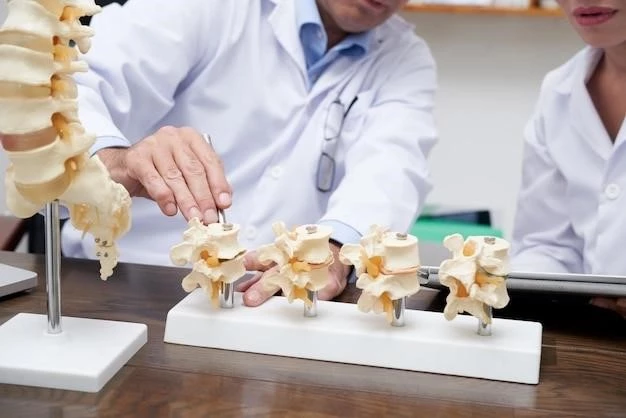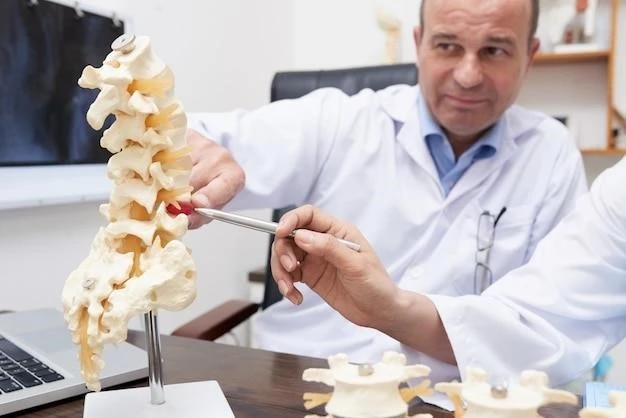Overview of Osteogenesis Imperfecta
Osteogenesis Imperfecta (OI) is a genetic disorder that causes brittle bones prone to fractures due to abnormal type I collagen production․ It leads to bone deformities and increased fracture risk․
Definition and Characteristics
Osteogenesis Imperfecta (OI) is a genetic disorder affecting connective tissues, leading to fragile bones prone to easy fractures; The condition arises from abnormalities in type I collagen synthesis or processing․ Individuals with OI often exhibit symptoms like bone deformities, blue sclerae, hearing loss, and dental issues․ The severity of OI varies from mild to severe forms, impacting life expectancy based on the specific type․
There are several recognized types of OI, with Type I being the mildest and Type II being the most severe, often resulting in infant fatality․ Type III and Type IV OI also present with varying degrees of bone fragility and associated symptoms․ Diagnosis involves clinical evaluation, family history assessment, and diagnostic imaging like X-rays․ Treatment focuses on supportive care to manage fractures, improve mobility, and enhance overall health and quality of life․
Genetic mutations in collagen genes, particularly COL1A1 and COL1A2, account for the majority of OI cases, impacting the synthesis of type I collagen crucial for tissue structure and strength․ Treatment approaches include physical and occupational therapies, fracture management, and, in some cases, bisphosphonate medications to aid in bone formation․ OI inheritance patterns can be autosomal dominant, with new mutations contributing to a significant percentage of cases․ Genetic testing plays a key role in confirming OI and identifying the specific gene mutations involved․

Types and Incidence of Osteogenesis Imperfecta
Osteogenesis Imperfecta (OI) is a genetic disorder causing fragile bones prone to fractures with an incidence of 1 in 20,000 individuals․ It has various types based on COL1A1 or COL1A2 gene mutations, leading to different symptoms and severity levels․
Classification of OI
Osteogenesis Imperfecta (OI) encompasses multiple types classified based on severity and symptoms․ Type I is the mildest form٫ while Type II is the severe form with life-threatening complications․ Type III and Type IV vary in severity and symptom presentation․ Additionally٫ Types V٫ VI٫ and VII have also been identified․ OI primarily results from dominant mutations in COL1A1 or COL1A2 genes٫ crucial for creating type I collagen essential for bone strength․
Genetic Basis of Osteogenesis Imperfecta
Osteogenesis Imperfecta (OI) is a genetic disorder caused by mutations in collagen genes, primarily COL1A1 and COL1A2, impacting type I collagen production crucial for bone strength and structure․
Role of Type I Collagen Genes
Osteogenesis Imperfecta (OI) is primarily caused by mutations in the COL1A1 and COL1A2 genes, responsible for synthesizing type I collagen․ This collagen is vital for bone strength, skin elasticity, and other connective tissues’ structural integrity․ Mutations in these genes lead to abnormal collagen production, resulting in bone fragility, increased fracture susceptibility, and various skeletal manifestations seen in individuals with OI․
Symptoms, Diagnosis, and Treatment
Osteogenesis Imperfecta (OI) presents with fragile bones prone to fractures, blue sclerae, dental issues, and deafness․ Diagnosis involves genetic testing and imaging․ Treatment focuses on fracture management and supportive care․
Clinical Presentation and Diagnosis
Osteogenesis Imperfecta (OI) manifests with fragile bones that fracture easily, blue sclerae, hearing loss, and skeletal deformities․ The diagnosis involves genetic testing, clinical evaluation, and imaging studies such as X-rays to assess bone structure and fractures․ Dental issues like dentinogenesis imperfecta may also be present alongside other symptoms like short stature, muscle weakness, and joint laxity․
Management and Therapeutic Approaches
Osteogenesis Imperfecta (OI) treatment aims to reduce fractures and disabilities, enhance independence, and overall health․ Therapeutic strategies include physical and occupational therapies to improve mobility and muscle strength; Fractures are managed with orthopedic interventions like intramedullary rodding or surgical procedures․ Biophosphonates, medications promoting bone formation, are utilized to reduce fracture frequency and limit the need for surgery․ Collaborative medical care involving genetics, orthopedics, and rehabilitation specialists is essential for personalized supportive therapy based on the severity and age of the individual․
Inheritance Patterns of Osteogenesis Imperfecta
Osteogenesis Imperfecta (OI) can be inherited in an autosomal dominant pattern, with new mutations accounting for a significant percentage of cases․ It affects individuals regardless of gender or ethnicity․
Autosomal Dominant Inheritance
Osteogenesis Imperfecta (OI) inheritance follows an autosomal dominant pattern, though new mutations contribute significantly․ It affects individuals regardless of gender or ethnicity and can be passed down from affected parents with a 50% chance of passing on the OI gene mutation to offspring․

Research and Future Perspectives on Osteogenesis Imperfecta
Ongoing research on Osteogenesis Imperfecta (OI) focuses on understanding genetic mutations, exploring novel treatments like biophosphonates, and improving supportive care methods․ Future perspectives aim at enhancing personalized therapies, gene editing techniques, and early interventions to enhance the quality of life for individuals with OI․
